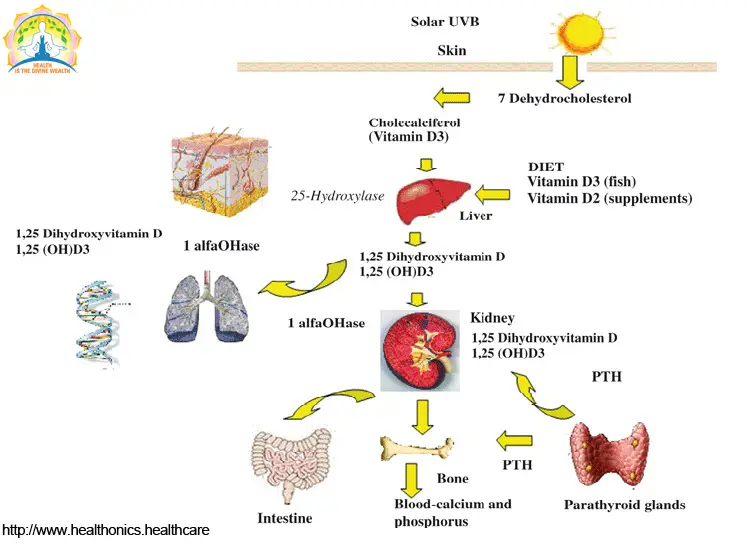What is Vitamin-D?
Tue Aug 04 2020
In the past, we have commonly seen people taking a “morning walk”. We have accepted this as a customary fitness lesson passed on from generation to generation. This should actually be considered to have been a blessing for us by our ancestors. However, nowadays, especially in the urban lifestyle, this morning walk has disappeared. Apart from the physical exercise, this “morning walk” would also provide us with significant exposure to the sun. Unknowingly, we were building up our stores of a very vital substance in our body, which was Vitamin D.
This Vitamin D was initially considered to be affecting the bones and the musculoskeletal system only. It was known to be an active regulator of calcium metabolism in the body. However recent research indicates a much more significant role being played by this Vitamin D.
Vitamin D receptors have been found to be present on many other organs such as heart, kidney and lungs to name a few. Hence the role of Vitamin D in non-skeletal systems has now come to the forefront of researchers.
Vitamin D is a fat-soluble vitamin. It is also known as the “Sunshine Vitamin” because most of the vitamin D in the body is produced in the skin on exposure to the ultraviolet radiations of the sun. It is produced from 7-dehydrocholesterol, found in the skin. The production and metabolic activation of Vitamin D are discussed ahead.
In the human body Vitamin D is found mainly in 2 forms:
- Vitamin D2 – Ergocalciferol
- Vitamin D3 – Cholecalciferol
Both these are actually pro-hormones which are converted into the biologically active form of Vitamin D [Calcitriol], by a series of chemical reactions inside our body. However even amongst these two forms, Cholecalciferol [Vitamin D3] is known to be the more potent and supplies almost 90% of the body’s requirement of Vitamin D.
Cholecalciferol is generated by the human body in the skin on exposure to sunlight [ultraviolet radiation] whereas Ergocalciferol is available in foodstuffs and is absorbed from the intestine.
Foods that are rich in Ergocalciferol are:
- Mushrooms and Alfalfa
- Salmon
- Tuna fish
- mackerel and fish liver oils
- Cod liver oil (Considered to be the single best dietary source of Vitamin D. However, these sources are not sufficient to maintain the normal Vitamin D levels in the body in the absence of proper exposure to sunlight.
Now, let’s understand what the normal range of Vitamin-D in our body and interpretation of Health status on the vitamin-D range is
Production and Metabolic activation of Vitamin-D is portrayed in the following flowchart.



